The USS Monitor: A feat of naval ingenuity and the first national marine sanctuary
By Emma Skelley
December 2017
Monitor National Marine Sanctuary, located 16 miles off of Cape Hatteras in the Outer Banks, was the first sanctuary to be designated in the National Marine Sanctuary System.
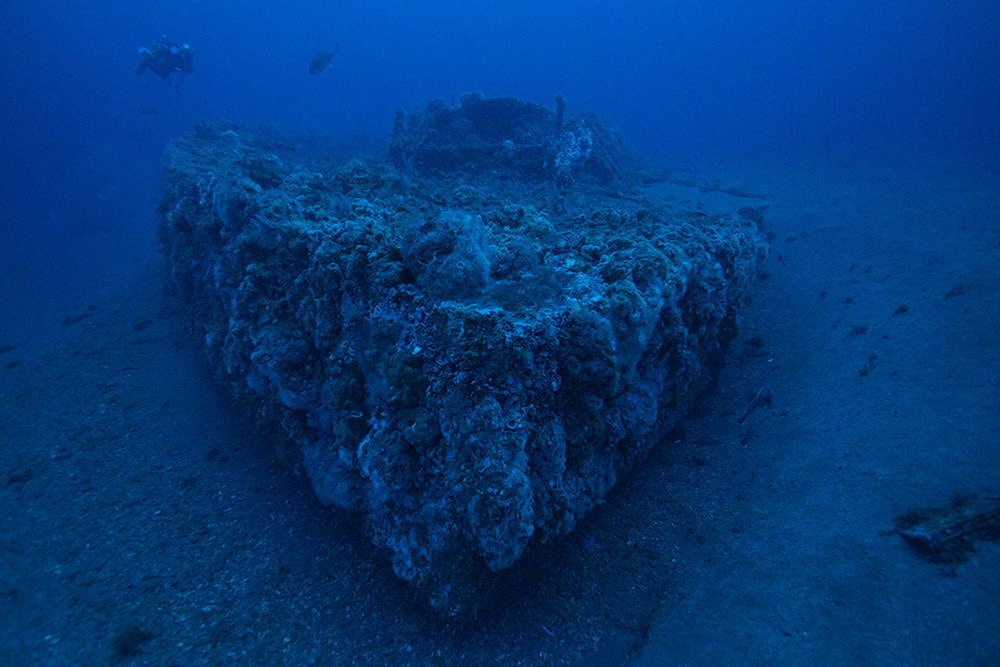
Standing at the edge of the sea near Cape Hatteras, North Carolina, is a moving experience. You first notice the way the sun glistens against the rocky sand the tide has left behind. Sandbars peek from the waves, there one day, gone the next in the ever-changing Outer Banks seascape.
Tourists come here for the idyllic scenery, most not realizing that this area is known as the Graveyard of the Atlantic, a place where more than 2,000 ships have met their watery end over the past several hundred years. But catching a glimpse of an occasional powerful wave as it hits violently against the shore, you can imagine how the sea could force an impenetrable U.S. military ironclad to its watery grave.
The story of the USS Monitor, one Civil-War-era vessel that rests in the Graveyard of the Atlantic, juxtaposes a great human accomplishment with the unmatchable power of nature. Monitor was created with such an ingenious design that it ensured John Ericsson’s place in history as one of the best naval engineers of the 19th century. But nature, along with a series of unfortunate circumstances, sealed the destiny of Monitor – but also led to its place in the National Marine Sanctuary System.
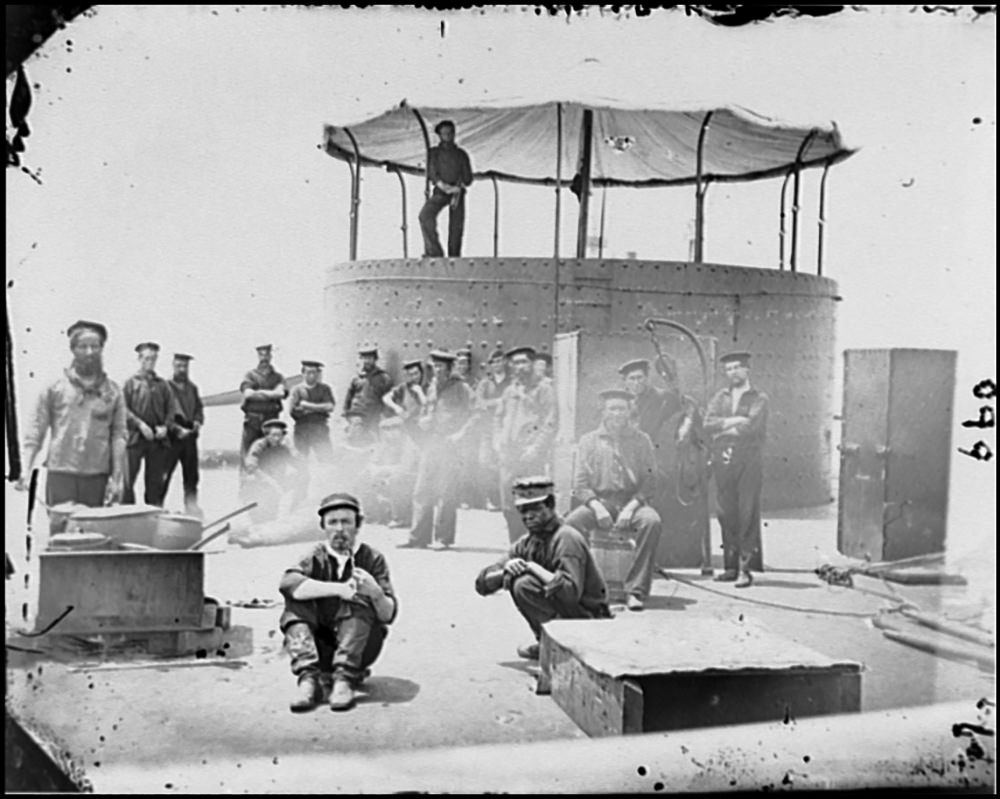
A Civil War strategy
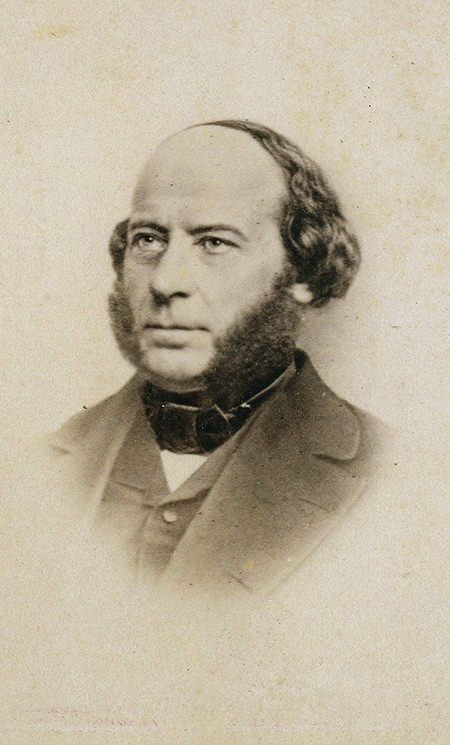
In 1862, in the midst of the Civil War, the Confederate navy deployed a fearsome vessel near Portsmouth, Virginia: the CSS Virginia. Virginia posed a threat to Union-held ports and warships, as it could easily destroy the wooden ships of its day with its deadly combination of an iron ram and an extremely accurate rifle bow gun. If Virginia could succeed in its mission to destroy the Union’s wooden ships, the Confederates could prevent the Union from inflicting a major blow to their supply lines.
The U.S. Navy had to act swiftly and decisively to counter the Confederate's advantage at sea. John Ericsson was just the man to create the spark. A former Navy engineer, he was rumored to have been at fault when a defective ship cannon exploded and killed Secretary of State Abel P. Upshur and Secretary of the Navy Thomas Walker Gilmer, along with six others. Faced with Virginia, Ericsson was given the opportunity to clear his name. He had 100 days to build an ironclad.
Ericsson’s design, touted by the press as a “cheese box,” was unlike anything the naval establishment had seen before, and he received more than his share of criticism for it. The vessel included an extremely low freeboard, turret-mounted guns, and laminated iron plates. It relied completely on steam power. It took 98 days to build the ship, and it was commissioned as the USS Monitor on February 25, 1862. It was sent on its first mission to Hampton Roads to counter the threat Virginia posed to the Union’s Blockading Squadron.

Battle of the best
The two ironclads clashed in Hampton Roads on March 9, 1862, in what would become the first battle between ironclads in history. For more than four hours, the two ships fired upon each other, cannon shots bouncing off the ironclads’ sides, leaving little more than some dents. However, the ship’s crew pulled away from the action when Monitor’s commander, Lt. John L. Worden, was struck by a cannon ball and wounded. Moving into the shallows where Virginia couldn't follow, Monitor changed command and re-entered the action, only to see Virginia departing the area. Though no true victor emerged, both sides considered the battle a victory. The wooden warship era was over.
Monitor was hailed as both a feat of naval ingenuity, and a hero for the Union. After the Battle at Hampton Roads, the ship supported other Union engagements and was now touted as “the ship that saved the nation.” The Union would go on to build more ironclads, amassing about 50 by the time the Civil War ended.
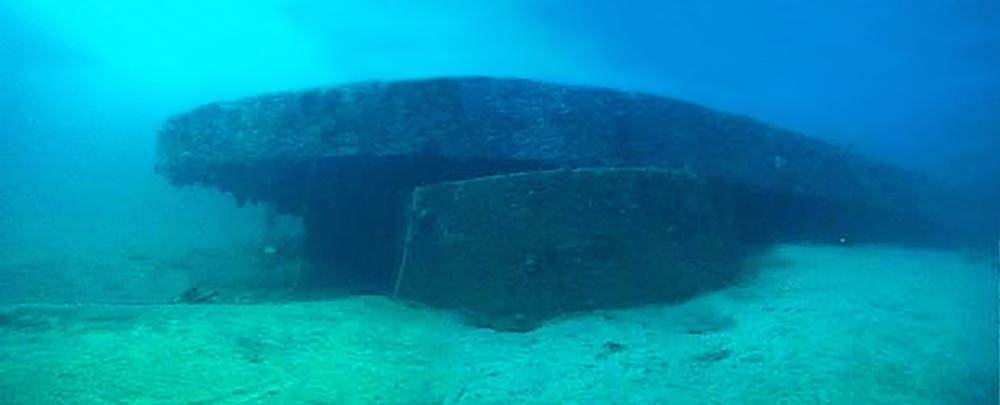
Untimely end and a new beginning
On December 31, 1862, Monitor met its demise. Caught in a violent storm 16 miles off the coast of Cape Hatteras, the vessel took on water and sank as it was being towed. Of the 62 crew members, 46 were rescued, but 16 perished that fateful night.
In 1973, remains of the USS Monitor were found on the seafloor. Soon after, the wreck site was designated as the country’s first national marine sanctuary. This status allows NOAA’s Office of National Marine Sanctuaries to protect the shipwreck for future generations and to share its story and significance with the American public.
While Monitor’s military career was short-lived, its designation as a national marine sanctuary ensures its place in history will not be forgotten.
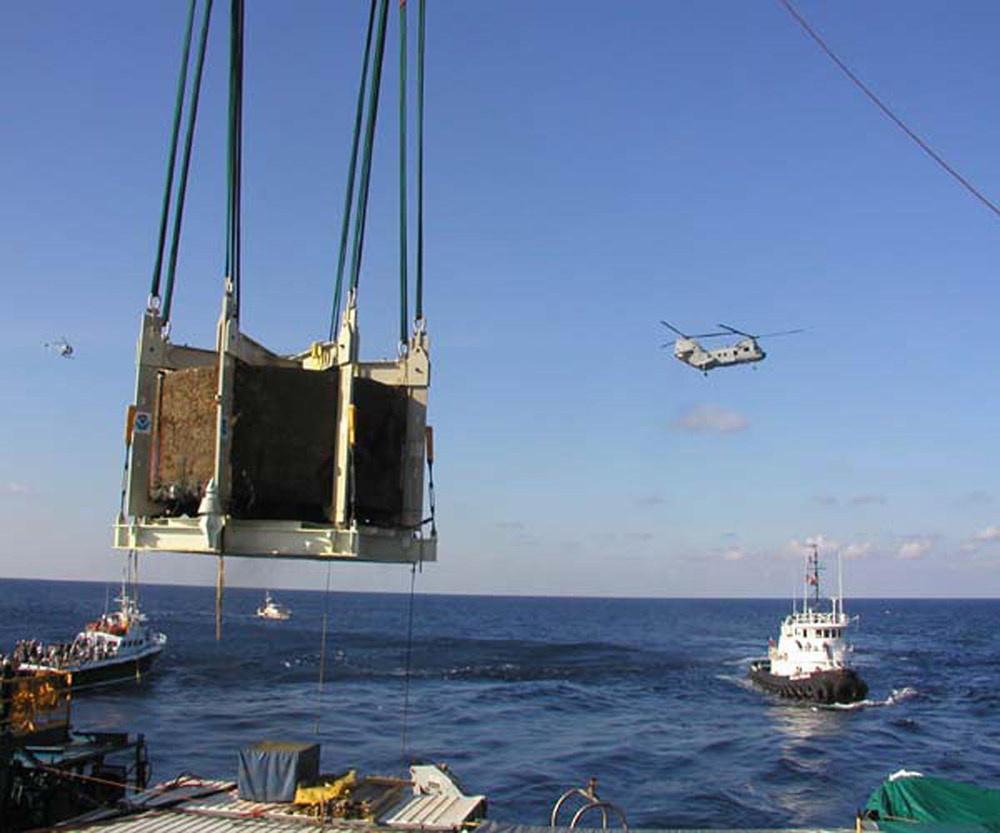
Emma Skelley is a constituent and legislative affairs volunteer intern at NOAA’s Office of National Marine Sanctuaries.

